|
Valentine’s Day is fast approaching, and I’m avoiding the commercialism that comes with it. While some may be rushing to buy flowers, candy, sparkling wine, or rosé to commemorate this day, I’m opening a bottle of sherry and pairing it with a shrimp and bean stew! Yes, that’s right…Sherry! Sherry is known for its aromatic, salty, and nutty profile and styles runs from dry to sweet, although the majority of sherry produced is dry. With many styles to choose from, one can find the perfect sherry to accompany any occasion. Here is a condensed description of sherry from previous articles I’ve written. Sherry is a fortified wine produced in Andalucía, located in the southwest area of Spain. With over 40,000 hectares of vineyards in Andalucía, over half of the wine produced here is in DO (denomination de origin) areas. Sherry can only be made from Palomino, Muscatel, and Pedro Ximénez white grapes. All sherry is aged for a minimum of three years and in old sherry casks using the Solera system. The Solera system is an aging process that uses new batches of sherry mixed with older ones in a tiered or pyramid structure. The bottom tier is the solera, the eldest sherry, which never entirely leaves the system. The rows above contain the younger sherries (criadera). Once a portion of the wine is extracted from the solera, it is replaced with the same amount of wine from the first criadera and so on, creating a unique complexity and personality in the wine. Because sherry is a blend of different vintages, it is impossible to give an exact age of a wine aged in a solera. So it is possible to drink a sherry containing anywhere from 3 to 100 vintages! Styles of Sherry Fino de Jerez is the youngest (usually 3-5 years old) and the driest of sherries. The wine ages under a layer of flor (yeast). This layer of flor protects the wine from being oxidized and consumes all the sugar in the wine, creating a dry sherry. Fino only comes from Jerez and El Puerto de Santa Maria. Manzanilla is another dry sherry that is just like Fino, except that Manzanilla comes only from the coastal town of Sanlúcar. Both Fino and Manzanilla have more wine salinity than the other styles. They will complement fish and shellfish. Amontillado is an aged Fino or Manzanilla. Once the layer of flor fades, the wine begins to oxidize and takes on a new character. It can be fortified up to 18%. The color is darker and less briny but nuttier and richer on the palate. These wines pair well with white meat and game. Palo Cortado is an interesting sherry that begins as a Fino or Manzanilla, but for no known reason, it unexpectedly loses its layer of flor too soon. Once the flor dies, the wine takes on oxygen and requires further fortification. In other words, it does “its own thing”. This wine has richness and is crisp as well. Oloroso (‘scented’ in Spanish) intentionally never develops flor. Aging through oxidation for up to 40+ years produces a full-bodied, aromatic, dark, and rich wine. Oloroso contains the most amount of alcohol in sherry with levels of 18% to 20%. This is an excellent wine for hearty entrees, meats and stews. Pedro Ximenez (PX) is an intensely sweet wine and the sweetest sherry. The grapes are dried in the sun, allowing the juices to concentrate before pressing. This is a rich wine that oozes raisins, nuts, and fig. Cream Sherry is usually a blend of Oloroso, PX, or Moscatel but can come in a various styles. This is semi-sweet wine is aromatic and dark in color with classic notes of nuts and caramel. La Gitana Manzanilla Sherry Bodegas HIDALGO LA GITANA located in Sanlúcar de Barrameda, was founded in 1792 by Don José Pantaleón Hidalgo when he bought a small storage warehouse from Don Roque Vejarano and renovated it into a winery. Since then, the business has passed from father to son through the generations. During the 19th century, the company became one of the world’s most important producers of Manzanilla. The winery’s name refers to its flagship product, "Manzanilla LA GITANA,” and it is the most popular Manzanilla in both the national and international markets. The winery uses grapes from its own vineyards in the Balbaina and Miraflores estates, which is considered the most respected and best in the area. They grow three grape varieties: Palomino, Pedro Ximénez, and Moscatel. And three-quarters of the winery’s production is Manzanilla wine. The grape for this wine is Palomino fino. Nose: Granny apples, nutty, floral, and a hint of lemon. Palate: Dry and crisp with almonds, apples, and a touch of yeast. I love the salinity and tanginess! Alcohol: 15% Pairing suggestions: Enjoy as an aperitif or with seafood, sushi, smoked salmon, white meat, or salads. I paired this sherry with a shrimp, white bean, orzo, and arugula stew. Shake up your Valentine’s Day with something different and delicious!
Until next time… Cheers! Penina To leave a comment or if you have an inquiry, please contact me at [email protected] If you love to travel and are passionate about discovering new wines and sampling local cuisine with a dollop of history thrown in, then The Bulgaria Gourmet Food & Wine Tour should be on your radar. This beautiful Balkan country is located in southeastern Europe, occupying the eastern quarter of the Balkan peninsula. It has much to offer with its rich heritage and diverse landscape. And with Dr. Joseph Benatov leading the tour, it’s a win-win adventure! Joseph Benatov holds a doctorate in comparative literature and literary theory from the University of Pennsylvania, where he now teaches. Joseph was born in Bulgaria and is passionate about sharing his heritage. Joseph said, “I’ve developed a deep appreciation for Bulgaria’s unique food and wine scene over the last 20 years. For the last decade, I've been leading Jewish heritage tours, where the gourmet experience has always come as an unofficial bonus. So, I decided this year was the right time to share my love for Bulgarian wine and food and offer a full-fledged food & wine tour.” The Bulgaria Gourmet Food & Wine Tour is an impressive nine-day/eight-night feast for the palate! Travelers will stay in five-star hotels and luxury wine estates in addition to sampling amazing wine and food. Bulgaria is one of the oldest wine-producing countries in the world, dating back to 4000 BC, under the Thracian Empire. The tour will travel to three wine regions: Thracian Valley, Sakar, and Melnik. Participants on the tour will have the opportunity to meet with winemakers, tour many wineries, and taste indigenous red grape varieties such as Mavrud, Gamza, and Broadleaf Melnik, and white indigenous varieties that include Dimiat, Red Misket, and Keratsuda. It is interesting to note that Cabernet Sauvignon and Merlot are the most planted grapes in Bulgaria, but the objective of most winemakers is to revive and replant the indigenous varieties. In addition to tasting and touring, there will also be presentations from Bulgaria’s leading enologists, vintners, and sommeliers. Bulgaria’s distinctive cuisine combines Balkan, Mediterranean, and Ottoman traditions. The tour includes two gourmet-tasting menu dinners prepared by two of Bulgaria’s top chefs, and simple homemade fare made in villages stopped at along the way. Bulgarian signature dishes include shopska salad, tarator, a slow-cooked clay-pot meat stew, and banitsa (cheese pie.) Joseph said, “During our Bulgaria food and wine tour, you will also discover why Bulgarian yogurt is considered the world’s best.” In addition to pleasing the palate, the tour includes trips to Sofia, the country’s capital, Plovdiv, the oldest European settlement, the secluded Rila Monastery, and the striking Rhodope and Pirin mountains. Of course, there is much more to indulge your senses on this tour. For a more in-depth description of the tour, please visit this website. https://sephardicbalkans.com/bulgaria-wine-tour/ Joseph will be happy to answer any question you might have. The tour is slated for June 25, 2024 and Summer 2025. After speaking with Joseph and reviewing the itinerary, I am definitely adding this tour to my bucket list. Wine, food, history, culture, ancient architecture, what’s to think about? Let’s do it! Until next time… Cheers! Penina This is a sponsored article for which I received compensation. To leave a comment or if you have an inquiry, please contact me at [email protected]
Occasionally, I take stock of my “wine cellar” and open a bottle or two that has been collecting dust. While perusing the various labels this morning, I stumbled upon a box of three wines hidden so well I had genuinely forgotten about it. It was an exciting find, which inspired me to open one of the bottles and pair it with the evening’s dinner. The wines were a gift from Giovanna Neri, owner of Col Di Lamo in Tuscany, specifically Montalcino! Montalcino is located amongst the rolling hills of Tuscany, home to one of Italy’s most renowned wines, Brunello Di Montalcino. Montalcino is a small wine region comprised of 60,000 acres of olive groves, forests, and farmland, of which 3,500 acres are devoted to wine vineyards. Made exclusively from the Sangiovese grape, (named ‘Brunello’ in Montalcino), Brunello Di Montalcino was awarded the first-ever DOCG designation (Denomination of Controlled and Guaranteed Origin) in 1980, the highest designation given under Italian wine law. Brunello di Montalcino is one of Italy’s most famous and distinguished wines. The skin of the Sangiovese grape is thick and tends to deliver fruit-forward wine with bright acidity and high tannins. The climate in Montalcino is warm and dry, typical Mediterranean weather. Vineyards are planted up to 500 meters in elevation, with north-facing slopes experiencing a cooler microclimate and more winds. In contrast, the southern and western-facing slopes are exposed to extreme sunlight and maritime breezes. The vines are planted in various soils such as limestone, clay, schist, volcanic soil, and galestro, which is schistous clay soil commonly found in most of Tuscany’s best vineyards. All these elements can contribute to the difference in quality, complexity, and character of the wine. Regulations require that Brunello di Montalcino age for a minimum of two years in oak wooden barrels and at least four months in bottle before release. The Riserva wine must age at least six months in bottle and is released a year later onto the market. And the wine can only be bottled in the location where it is produced. These wines have an aging potential of 30 years if stored properly and acquire more complexity the longer it ages. Col Di Lamo Col Di Lamo is an exclusive, all-female organic winery owned by winemaker Giovanna Neri and her daughter, Diletta. The winery was founded in 1994 after her daughter was born. The estate covers an area of approximately 80 hectares. Giovanna inherited her passion for wine and winemaking skills from her father, who passed away in 1991. Giovanna considers her wines “her creations” (children) and continually spreads her love and respect for the land and her products. It is a small production winery of quality and refinement. Here is an excerpt from my interview with Giovanna a few years ago. What inspired and motivated you to make this an all-female winery? Giovanna: For me, it was a natural process. My company is my creation, which I wanted for myself and for which I fought a lot in a world that was still very male-chauvinist, especially the wine industry. Compared to others, I had to prove triple to make it clear that a woman, completely alone and starting from scratch, could create wines of the highest quality. When I tell my story, I always say that I consider my company another daughter of mine. I gave it a name; I dedicated all the commitment, love, and dedication I have to it, as with my daughter Diletta. Where did you do your training to become a winemaker? Giovanna: I graduated with honors in law and embarked on a career as a lawyer. I felt, however, that this work, although gratifying, was not my way. So, at the age of 40, I decided to drastically change my life and have a part of the family business (it’s not so obvious if you are a woman). So, without any particular skills and the help of anyone, I threw myself body and soul into this fantastic adventure. There have been challenging times. The beginnings were really hard; I only had men around me, and no one believed I could do it. Luckily, they are the same men who now hold me in esteem. What is Diletta’s role in the company? Giovanna: Diletta helps me in communication. I believe a young vision is essential in a world that runs more and more on the Internet, especially social networks. Tell me about some of your challenges with winemaking and the industry. Giovanna: I strongly believe in wine and organic products in general. I was among the first to choose this type of cultivation in Montalcino, not without criticism. But I am convinced that it is the future. I feel like a guest in this land, and I have chosen to do this job precisely because I love the planet and want to respect and enhance it as much as possible, even for future generations. Although all three wines are highly rated, I chose to open the Brunello di Montalcino DOCG 2016 This wine is hand-harvested and fermented with native yeasts. It is aged 24 months in oak barrels and six months in steel tanks. Nose: Berries, floral, cherry, earth, tobacco, herbs, fig and baking spice. Palate: Rich, savory, and balanced with blackberry, dark plum, cloves, cinnamon, nice acidity, and a long finish of savory and sweet dark berries. Simply elegant! Alcohol: 14% SRP: $68 Pairing suggestions: Aged cheese, roasted meat and game, hearty soups, stews, mushroom risotto, and seared tuna. I paired this wine with a thick, hearty, nutritious Lentil Tomato Soup filled with carrots, celery, onion, and an assortment of herbs. If you would like the recipe for the soup, please email me. Contact information is below. Until next time,
Cheers! Penina To leave a comment or if you have an inquiry, please contact me at [email protected] Bastille Day is celebrated in France every year on July 14th and in many French-speaking regions worldwide, including the USA. The French also refer to this day as “Le Quatorze Juillet” (the 14th of July) or “La Fête Nationale” (The National Day.) On July 14th, 1789. a group of revolutionaries stormed the Bastille prison in Paris marking the start of the French Revolution. The Bastille was a symbol of the tyrannical rule of the Bourbon monarchy. Without going into a detailed history lesson, suffice it to say King Louis XVI and his wife Marie Antoinette were overthrown, ending the “Ancien Régime.” The Bastille prison was torn down by the order of France’s new revolutionary government, with the last stone removed in 1790. And we all know the fate of Marie Antoinette. Although it was a violent time, Bastille Day is a celebration in France with parades, fireworks, food, wine, and dancing. And even though I never need a reason to pour a glass of wine, it’s a perfect time to open a bottle and toast Bastille Day! So, I’m celebrating with French rosé and sharing my favorite crab quiche recipe from Julia Child’s “Mastering the Art of French Cooking.” Fleur De Mer Côtes de Provence Rosé 2022 This rosé is from the Côtes de Provence, the largest appellation in Provence, located in southeastern France. The name of this wine means “flower of the sea,” paying homage to the lavender fields that blanket the landscape of Provence and thrive in the warm sun and fresh, crisp seaside air. Winemaker Florian Lacroux selected Cinsault, Grenache, and Carignan to form the core of this blend, supported by other Provençal grapes in a beautifully blended and layered rosé. Nose: Lovely floral aromas with hints of lavender, subtle red berries, white stone fruit, herbs, and minerality. Palate: White peach, raspberry, strawberry, melon, vibrant acidity, minerality, and a touch of salinity, with a dash of citrus zest on the finish. Fresh, lively, and playful! Alcohol: 13% SRP: $22 Pairing suggestions: Enjoy as an aperitif or pair with crab quiche, grilled seafood, veggie salads, or roasted chicken. Crab Quiche Recipe I began making this quiche in the early 1980s, and it always brings a smile and a contented sigh to those who eat it. I always use fresh lump crabmeat for this recipe and allow the quiche to cool slightly before slicing. Please forgive the stained pages, as I tend to occasionally splatter when cooking! I’m sure that Julia would have appreciated how well-worn this book is! Whether you’re celebrating Bastille Day or life in general, enjoy it with a glass of rosé and crab quiche! Your palate will thank me! Joyeux jour de la bastille! Until next time…
Cheers! Penina To leave a comment or if you have an inquiry, please contact me at [email protected] This morning I woke up in a “pink” mood inspired by a recent sample delivery. The box contained two bottles of rosé, one from California, the other from Languedoc Roussillon, and a variety of tinned fish sourced from Galicia, Spain. Perhaps canned fish has taken a backseat to eating freshly caught fish, but this writer happens to like tinned fish, especially sardines. Although it has been a while, I used to prepare sardine salad made from packed sardines in olive oil or mustard sauce and served it on crackers or toast as an appetizer with white wine. So, this sampling has inspired me to think outside the box again! Let’s talk about the wines. Josh Cellars Rosé 2022 Joseph Carr formed his own wine company in Napa Valley after spending a decade as a world-class sommelier and another decade as a wine industry executive. His dream was to have his own family-owned winery, so in 2005 he began making wines under the label ‘Joseph Carr.’ In 2007 Carr launched Josh Cellars as a tribute to his dad, Josh. Grapes for the Josh Cellar wines are sourced from top California wine-growing regions to create wines with character and complexity. This wine is a rosé blend made with undisclosed grape varieties. Nose: Flowers, red berries, and white stone fruit. Palate: Light and dry with notes of strawberry, citrus, white peach, and crisp acidity. Alcohol: 12.5% SRP: $14.99 Pairing suggestions: Enjoy as an aperitif, or serve with light appetizers, ceviche, fresh fruit, and tinned tuna straight from the tin, mixed in a salad or on crackers. Fleurs de Prairie Rosé 2022 Made by the family-owned Les Grands Chais de France, "Fleurs de Prairie" is named in celebration of the free-spirited wildflowers carpeting their vineyards in the South of France. The grapes for this wine are sourced from vineyards throughout the Languedoc region, some of which have vines that are 50+ years old. The blend for this wine is 43% Grenache Noir, 40% Syrah, 9% Carignan, 5% Cinsault, and 3% Mourvèdre. Nose: Floral, ripe red berries, citrus, and a hint of minerality. Palate: This is a dry, fresh and lively rosé with aromas segueing onto the palate with strawberry and a hint of melon. Crisp acidity and a touch of citrus linger on a long finish making this the perfect sipper at the end of the day. Alcohol: 13% SRP: $20 Pairing suggestions: Drink as an aperitif, or serve with light appetizers, salads, seafood, grilled chicken, and tinned sardines on toast. And now a word about the tinned fish! The Siesta Co. is based in California, but all of its tinned seafood is sourced from fisheries in Galicia, Spain. The fish is wild-caught and sustainably fished, such as using line poles to prevent overfishing. And each tin contains all-natural ingredients packed in organic extra virgin olive oil. White Tuna in Organic Extra Virgin Olive Oil Ingredients: Albacore tuna, organic extra virgin olive oil, sea salt Sustainably line caught through pole fishing to preserve the flavor and texture of the tuna while ensuring the seabed is not damaged. Sardines in Organic Extra Virgin Olive Oil Ingredients: Sardines, organic extra virgin olive oil, sea salt
Sustainably caught off the coast of Galicia, Spain, these wild, all-natural, bone-in scale-free sardines are hand packed individually. Siesta Co. products are available in 3-pack/5-pack and variety packs. There are five fish types to choose from. Pour a glass of rosé and enjoy these fish pairings. Your palate will thank me! Until next time… Cheers! Penina To leave a comment or if you have an inquiry, please contact me at [email protected] This month features treats from Argentina! The sultry tango dance might come to mind when one thinks of Argentina. And when it comes to wine and food, Malbec and chimichurri sauce lead the way in creating an enticing dance on the palate! Domaine Bousquet is a family-owned winery and Argentina’s largest producer and exporter of organically grown wines. It is located in the Gualtallary Valley, high up in the Tupungato district of the Uco Valley, where altitudes can reach up to 5,249 ft. The winery was founded in 1997 by winemaker Jean Bousquet, originally from Carcassonne in Southwest France, where his family expands four generations of winemaking. Domaine Bousquet is noted for its use of French and Argentinian winemaking techniques. French-born Anne Bousquet, daughter of Jean and President and CEO of the company, stated, “The objective of the Bousquet family was to unite our tradition of European winemaking with the ideal agricultural conditions in Mendoza.” Domaine Bousquet is the only estate with sand as its primary soil. Sandy soil drains well and retains heat that helps to produce highly aromatic wines. With minimal rainfall, water delivery to the vines is controlled by an irrigation process through a drop-by-drop system with pure mountain run-off. This creates lower pH in the grape, resulting in higher acidity and more color in the wine. All Domaine Bousquet wines are made from 100% organic fruit ever since the first vines were planted. Special attention is always taken to preserve the purity of the organic fruit. The benefits of a cool climate, sandy soil, controlled water irrigation, and healthy organic grapes, set the stage for quality wines. Domaine Bousquet Reserve Organic Malbec This wine is a beautiful blend of 85% Malbec, 5% Merlot, 5% Syrah, and 5% Cabernet Sauvignon. The grapes are harvested from the estate’s best plots with low yields. And the wine is aged for ten months in French oak. Nose: Plum, dark berries, spice, and a hint of floral. Palate: Layered with blackberry, raspberry, dark cherry, chocolate, and pepper with a long finish. Nicely balanced with soft tannins and good acidity. Alcohol: 14.5% SRP: $15-18 Pairing suggestions: Grilled meat, pasta, stews, and seared tuna. Argentina is the original home of chimichurri sauce, and it is considered a household staple and always made with fresh, natural ingredients. It can be served as a stand-alone condiment or used as a marinade. Every Argentine household claims its own version of the chimichurri recipe. But broadly speaking, green chimichurri (chimichurri verde), the most familiar version, is a combo of finely chopped fresh green herbs and garlic blended with olive oil and red wine vinegar or lemon juice. The following is a classic chimichurri recipe, although Anne Bousquet suggests you “feel free to play around a bit and make it your own -- just like we do in Argentina!” Chimichurri With Grilled Flank Steak Ingredients:
1 small shallot cut into wedges 2 garlic cloves ¼ cup of red wine vinegar – or lemon juice if you prefer ¾ cup flat-leaf parsley, stems removed and finely chopped – or a 50/50 blend of parsley and cilantro 1 tbsp fresh oregano, stems removed. ¾ cup extra virgin olive oil 1 ½ tsp kosher salt 1 tsp freshly ground black pepper (or you can amp up the heat with a little paprika or cayenne) Instructions: Combine shallot, garlic, vinegar, and salt in a bowl and let it sit for 10 minutes. Stir in parsley (and/or cilantro) and oregano, and mash together gently with a pestle. Whisk in olive oil using a fork, then season with salt and pepper. In Argentina, half the chimichurri recipe is usually set aside and reserved as a sauce. The remainder is combined with the beef in a covered dish and chilled for at least three hours or overnight before grilling. When ready, remove beef from the chimichurri marinade, pat dry, and grill. Serve beef with reserved chimichurri sauce on the side. And don’t forget the wine! “There’s a reason why Malbec is Argentina’s most beloved red wine,” says Anne. “Not only does Malbec thrive in the high desert growing conditions of Mendoza, especially in our high-altitude vineyards in the Uco Valley, but when it comes to pairing with steak, few wines can hold a candle to the bold aromatics, abundant fruit flavor, and smooth tannins of Malbec, especially with leaner cuts such as top sirloin and flank steak. Nothing spices up a nice, juicy steak like a generous dash of chimichurri sauce and a glass of Malbec!” Until next time… Saludos y disfruta de tu comida! Penina To leave a comment or if you have an inquiry, please contact me at [email protected] This month’s Wine & Dine features palate-pleasing treats from Sicily! Valle Dell’Acate is a family-owned company in the heart of southeastern Sicily’s historic Vittoria Classico region, in the Biddini Soprana e Sottana district near Acate. The estate is a picturesque setting surrounded by 200 acres of vineyards, certified as biological with a focus on sustainability. Founded by Giuseppe Jacono at the end of the 19th century, the Jacono family has been active in vine growing and winemaking since Vittoria became Sicily’s epicenter for exporting wine to France during the 1800s. Today the company is run by the dynamic Gaetana Jacono, part of the family’s sixth generation of winemakers. Vittoria is home to Cerasuolo di Vittoria DOCG and Cerasuolo di Vittoria Classico DOCG, the first and only wines with DOCG status in Sicily, established in 2005. Cerasuolo di Vittoria DOCG is the pride of the grape growers, winemakers, and bottlers that accomplished the prestigious Protected and Guaranteed Denomination of Origin for the Cerasuolo di Vittoria and Cerasuolo di Vittoria Classico wines. Cerasuolo means ‘cherry-colored’ in Italian, and the wine is known for its cherry red to violet color with floral and fruity aromas. Only the indigenous grapes of Nero d’Avola and Frappato are allowed in the blend. It is a wine that pairs well with a variety of cuisine. Gaetana said, “The Cerasuolo, for its blend of Frappato and Nero d’Avola, is a wine that goes well with more elaborate fish dishes and walks next to the food without overpowering it.” Valle Dell’Acate Cerasuolo di Vittoria DOCG Classico The blend for this wine is 60% Nero d’Avola and 40% Frappato. It is aged 12 months in barrels and tonneaux and then bottle-aged for a minimum of nine months. Nose: Floral, red and dark fruit, berries, spice, and herbs. Palate: Aromas segue onto the palate with notes of minerality, nice acidity, and smooth tannins. Cherry, strawberry, and vanilla linger on the finish. Alcohol: 13.5% SRP: $28,99 Pairing suggestions: Aged cheese, risotto, game, grilled fish, or spicy cuisine. Gaetana created a special tuna entree to pair with this wine. In Gaetana’s words, “Tuna is the Sicilian fish par excellence that we find in the tradition of our cuisine in an infinite variety of recipes. The fresh tuna in Cerasuolo di Vittoria wine sauce with sweet and sour is my special recipe created for Valle dell’Acate. Our winery produces the best native wines of the area. This recipe is a meeting of flavors that unfold in a sweet and sour union of different textures and flavors. The crunchiness and sweetness of the almond combine with the caramelized consistency of onion, accompanying the sea flavor of the freshly seared tuna. Finally, the reduction of Cerasuolo di Vittoria binds all the ingredients like a velvety and spicy drape with hints of fruit. This dish represents the triumph of Sicilian flavors in a light and healthy version.” FRESH TUNA IN CERASUOLO WINE SAUCE WITH SWEET AND SOUR Ingredients (serves four) 2.2 pounds of filet of fresh tuna 1.5 fluid ounces of white vinegar oregano kosher salt 2 white onions a glass of water extra-virgin olive oil For the Syrup 1 pint of Cerasuolo di Vittoria red wine 9 ounces of sugar 1 star anise 1 tablespoon of black pepper 3 cloves 1/2 a cinnamon stick 1 handful of almonds Put the wine over a high flame in a pot with the star anise, black pepper, cloves, and cinnamon stick. Once the wine begins to boil, lower the flame until it reaches a temperature of 220° Fahrenheit (using a thermometer – it will take approximately 30 minutes). Turn the flame off. Slice the onion thinly and sauté in a covered frying pan at high heat with a bit of olive oil. Add two tablespoons of sugar and bathe with the vinegar when the onion turns a bit golden in color, then lower the flame. Salt the water and cover the onions with it. When the onion has begun to shrivel, take the cover off the frying pan and cook until the water has virtually evaporated. Sprinkle the tuna with the oregano and sear in a frying pan with a little olive oil, one minute per side. Season with a bit of salt. Pour the syrup onto a platter, place the tuna on top, and finish the dish with the onion and almonds, which have been toasted in their skins and chopped, not too finely. Enjoy!
Until next time… Saluti e buon appetito! Penina To leave a comment or if you have an inquiry, please contact me at [email protected] This month we’re traveling to Jumilla, a small wine region in southeastern Spain, to bring you treats for the palate! For an in-depth exploration of Jumilla, and its star grape Monastrell, the region’s principal grape variety, please click on the link below to read my article. http://thewineknitter.com/1/post/2022/01/visiting-royalty.html While visiting Jumilla in 2021, I had the opportunity to meet with the owners, David Ferraje and Helio Abellán of Bodegas Carchelo. Over a sumptuous meal, I tasted their portfolio of impressive wines. Bodegas Carchelo was founded in 1990 and is located at the foot of the Sierra del Carche mountains, reaching an altitude of 1371 meters above sea level. They have estate vineyards situated in five subregions of Jumilla, each with varying soil profiles and climate exposures that add to the character of these wines. In addition to producing high-quality wines, Bodegas Carchelo also focuses on respecting and protecting the environment. So let’s wine and dine Jumilla style! Carchelo DOP Jumilla 2020 Carchelo is an award-winning organic certified and vegan-certified wine made with 100% Monastrell. The grapes are hand-harvested from various estate vineyards with different soils, altitudes, and exposures to seek the balance and character typical of this territory. This wine is aged for six months in 225-liter French oak barrels and a minimum of three months in bottle. Nose: Red fruit, berries, plum, and spice. Palate: A fresh and lively wine with notes of red and dark berries, spice, balsamic, balanced acidity, and it is smooth with a persistent finish. Alcohol: 14.5% SRP: $16.99 Pairing suggestions: Medium cheese, pasta, tapas, and charcuterie. Bodegas Carchelo suggests pairing this wine with a traditional Spanish dish. Tortilla De Patata (Spanish omelet) Tortilla de Patata is a traditional dish commonly served throughout Spain. It is offered in cafes and bars as a tapa or appetizer and served as a light dinner in Spanish homes. Since there are so few ingredients, the key to making a perfect dish is to use excellent olive oil and fresh eggs. The oil is used for cooking the potatoes, and its flavor can be tasted throughout the finished dish.
The Spruce Eats provided the following recipe that serves six as an entree or 8-10 servings as an appetizer. Prep time: 15 minutes Cook time: 30 minutes Cool time: 15 minutes Ingredients: 6 - 7 medium Yukon potatoes peeled 1 medium yellow onion diced into 1/4” pieces 1/2 tablespoon kosher salt, or to taste 1 1/2 to 2 cups Spanish olive oil 5 large eggs Instructions: 1) Hand slice the peeled potatoes in half lengthwise. Then, with the flat side down, cut the potatoes into approximately 1/8-inch thick pieces. 2) Place the potatoes and onions in a large bowl, sprinkle with salt, and gently mix together. 3) In a large, heavy, nonstick frying pan, heat 1 1/2 cups of olive oil over medium-high heat. Carefully place the potato-onion mixture into the frying pan, spreading it evenly over the surface. The oil should almost cover the potatoes. Turn down the heat slightly so the potatoes do not burn—you want them to fry slowly until tender and creamy. 4) Cook the mixture until the potatoes are done—if a slice of potato breaks easily when poked with a spatula, the potatoes are done. Remove the mixture from the heat and drain, or remove with a slotted spoon. Let the potatoes cool off. To speed up the process, carefully spread them out on a baking sheet. 5) Crack the eggs into a large bowl and beat them by hand with a whisk or fork. Pour on top of the cooled potato-onion mixture. Gently mix together with a large spoon. Let sit for about 5 minutes. 6) In a 9- or 10-inch nonstick pan, heat 1 to 2 tablespoons of the remaining olive oil over medium heat. Add the egg mixture, spreading it out evenly. Allow the egg to cook around the edges. Carefully lift up one side of the omelet to check if the egg has slightly browned. The inside of the mixture should not be completely cooked, and the egg will still be runny. 7) When the mixture has browned on the bottom, remove the pan from the stove and place a large dinner plate bigger than your pan on top. Turn the pan alongside the plate, so the tortilla sits on the plate. 8) Place the frying pan back on the stove and add just enough remaining oil to cover the bottom and sides of the pan. Let the pan warm for 30 seconds or so. 9) Slide the omelet from the plate into the frying pan. Use the spatula to shape the sides of the omelet and allow it to cook for 3 to 4 minutes. Turn the heat off and let the tortilla sit in the pan for 2 additional minutes. Next, slide the omelet onto a plate or cutting board and slice it into 6 to 8 pieces, like a pie. Enjoy with a glass of Carchelo! Until next time… Salud and disfrute de su comida! Penina To leave a comment or if you have an inquiry, please contact me at [email protected] This month’s Wine & Dine Time features treats from Abruzzo! Famiglia De Cerchio is located in Villamagna, in Abruzzo, Italy. With over a 100-year history of wine growing, winemaking became a reality for this family in the early 1960s. Today, the winery is owned by fourth-generation Federico De Cerchio, who continues his grandfather’s mission“to share with wine lovers the world over the unforgettable sensations that only the great native vines can bring.” Cerasuolo d’Abruzzo DOC is a vibrant cherry-colored wine considered the rosé of Abruzzo. Made with Montepulciano grapes, the color is obtained from a short maceration of 24 hours or less. The wine leans toward intense red fruit flavors with racy acidity and palate-pleasing freshness. Cerasuolo d’Abruzzo DOC Torre Zambra “Passo Sacro” This wine is made with 100% Montepulciano d’Abruzzo DOC grapes handpicked from vineyards on the Colle Maggio hillside of Villamagna. The grapes are fermented for 14 days in stainless steel tanks; then, the wine is aged on fine lees for two months in steel vats and another two months in the bottle. It is certified sustainable and vegan. Nose: Fresh berries, floral, and cherry. Palate: Strawberry, cherry, vibrant acidity, minerality, and a hint of pomegranate. Alcohol: 13% Pairing suggestions: Enjoy as an aperitif or with seafood, pizza, creamy pasta, grilled meat, and fowl. Below is a classic Abruzzo recipe from the Great Italian Chefs website that will pair beautifully with any Cerasuolo d’Abruzzo DOC wine. Agnello cacio e ova - Lamb in cheese and egg sauce. Ingredients for four servings:
1.75 pounds of lamb shoulder, diced 2 onions diced 10 ounces of white wine 6.7 ounces of vegetable stock 2 eggs 1.5 ounces of Pecorino, grated olive oil salt chopped parsley for garnish Instructions:
To learn more about Abruzzo, read my recent articles. Links are below. http://thewineknitter.com/1/post/2022/07/auguri-allabruzzo.html http://thewineknitter.com/1/post/2022/07/discovering-a-treasure-in-abruzzo.html Until next time… Buon appetito and Cheers! Penina To leave a comment or if you have an inquiry, please contact me at [email protected] This month brings treats from Côtes de Bordeaux! Château Biac is a stunning estate overlooking the Garonne River in Cadillac Côtes de Bordeaux. The estate’s origins date back to the 17th century and has passed through several hands over the years. Today it is owned by the Asseily family, who purchased the property in 2006 I had the pleasure of visiting Château Biac a few months ago, and an article about this delightful family and their impressive wines will be coming soon! In the meantime, let me tease you with their sweet wine and a paired recipe straight from Youmna Asseily’s kitchen. Secret de Château Biac 2012 “Secret de Château Biac is the summer song of the vineyard: the tune you hum when you are happy….” Château Biac This seductive sweet wine is made with 99% Semillon, and 1% Sauvignon Blanc harvested from the estate vineyards where they practice sustainable viticulture. It is made in the traditional Sauternes method and aged 14 months in French oak barrels. Nose: Floral notes, apricots, white stone fruit, sweet spice, vanilla. Palate: An elegant wine with spiced apricot, honey, white peach, cinnamon, and a hint of pear. Alcohol: 13% SRP: $89 Serve chilled. Youmna recommends pairing the wine with this delectable soufflé. Soufflé Au Fromage
Ingredients for four servings: 45 g butter (1.6 oz) 30 g flour (1/4 cup) 300 ml milk (10 oz) Salt and freshly ground pepper Pinch of grated nutmeg 1 tablespoon of Dijon mustard 4 egg yolks 6 egg whites 75 g grated cheese (2.6 oz) 1 tablespoon grated cheese *The best cheese for this soufflé is a mixture of Parmesan (1/3) and tangy Emmenthal (2/3) Instructions: 1.25 litre capacity soufflé dish (5.2 cups) Butter the soufflé dish well; sprinkle with plain breadcrumbs. Melt the butter in a saucepan, stir in the flour, cook until foaming, and pour in the milk. Bring the sauce to a boil, stirring; season with salt, pepper, and nutmeg and simmer for 2 minutes. Take the pan from the heat, stir in the mustard, and beat the egg yolks into the hot sauce, so it thickens. Let it cool slightly, stir in the grated cheese, and taste for seasoning. The mixture should be highly seasoned. The soufflé can be prepared 3-4 hours ahead up to this point. Rub the surface of the cheese mixture with butter. To finish soufflé, set the oven to very hot, 400º. Whip the egg whites until stiff. Heat the cheese mixture until it is hot to the touch. Do not heat too much, or the cheese will cook into strings. Add about a quarter of the egg whites and stir until well mixed. Add this mixture to the remaining egg whites and fold together as lightly as possible. Pour the mixture into the prepared soufflé dish and smooth the surface. Sprinkle with the tablespoon of cheese and bake in the heated oven for 30 – 35 minutes or until the soufflé is puffed and brown. (it is better to check it after 20 minutes and then every 5 minutes until you are sure of your oven; of course, leave the oven door closed. This wine and recipe are perfect for the upcoming holidays and all year round! Bon Appétit and Cheers! Penina To leave a comment or if you have an inquiry, please contact me at [email protected] |
Categories
All
|

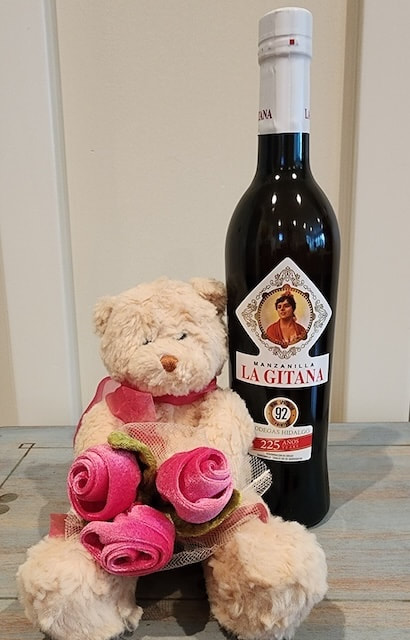
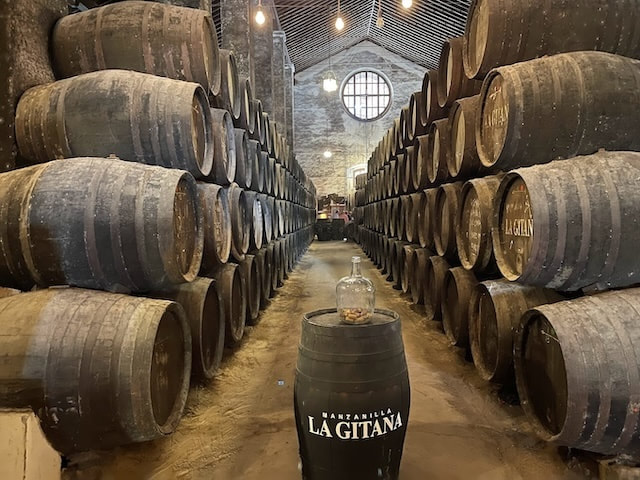
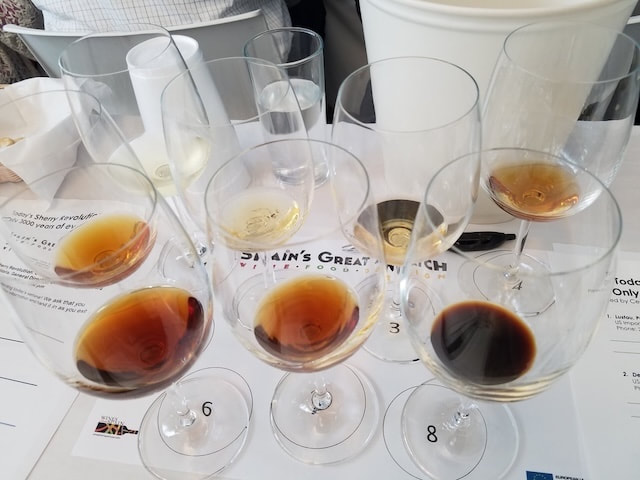
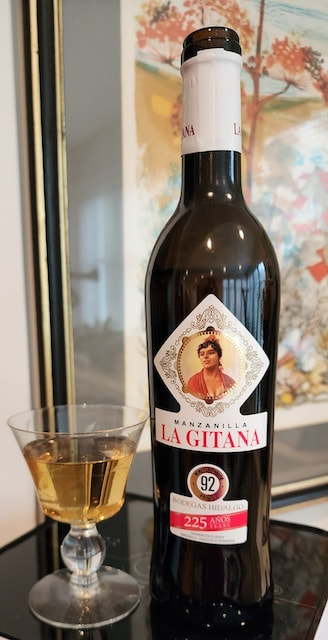
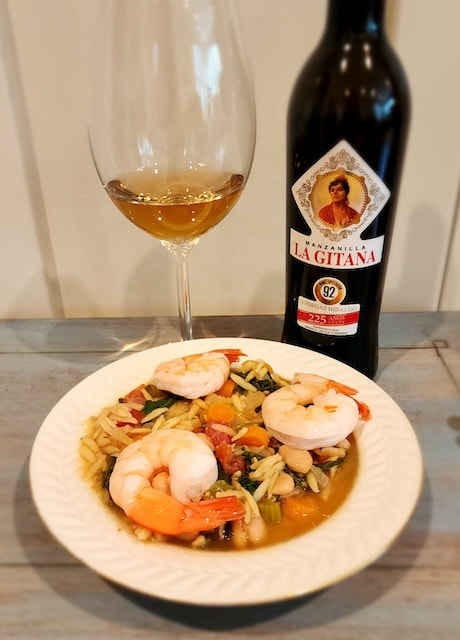
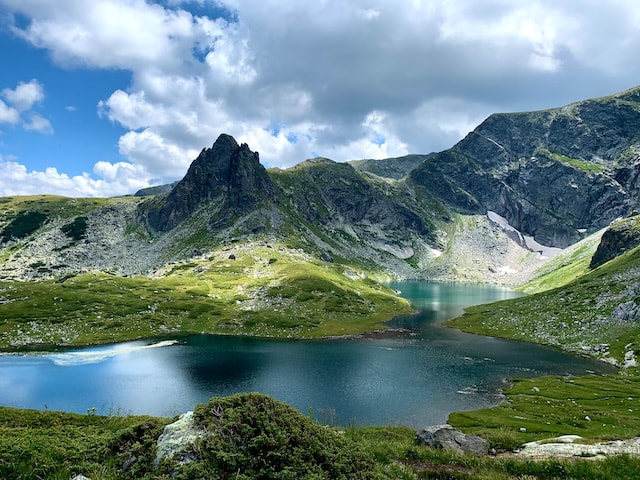

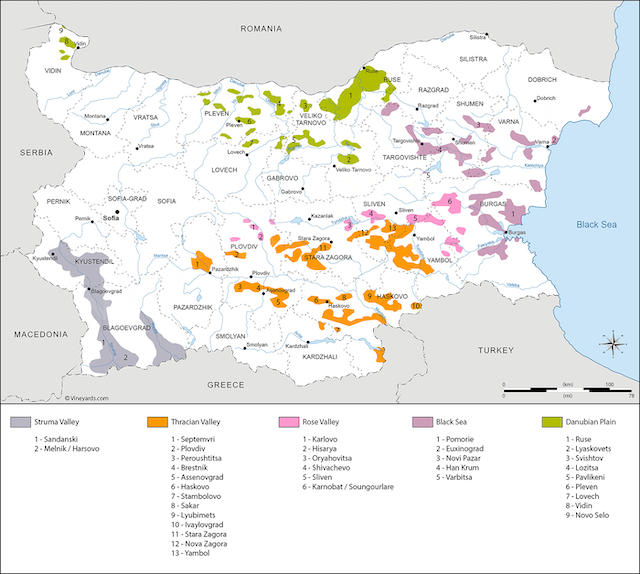

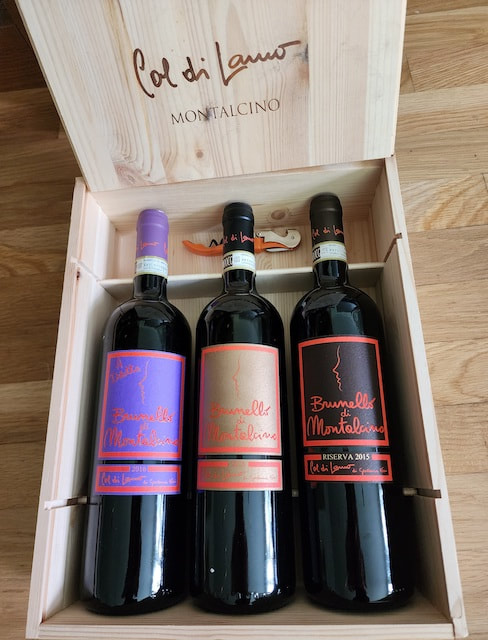
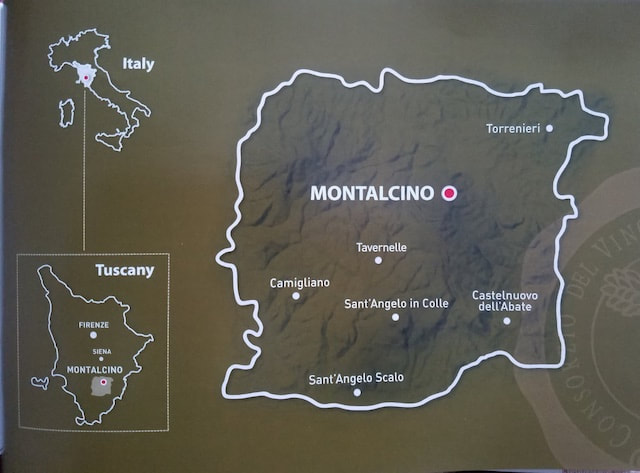
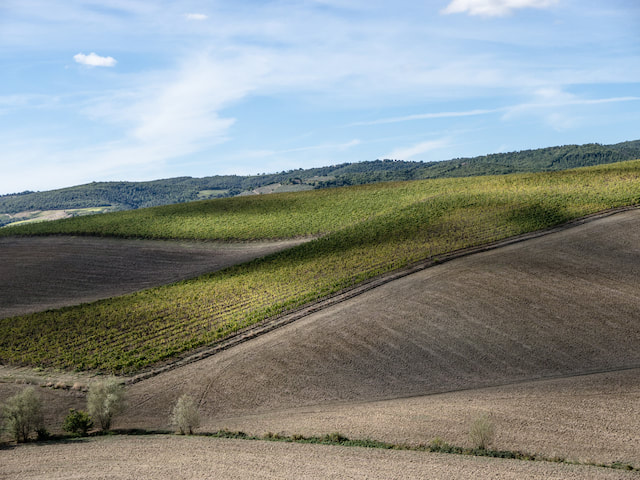
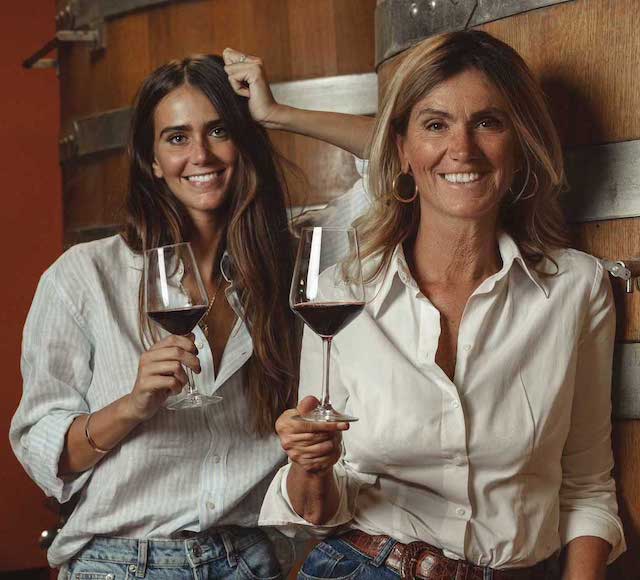
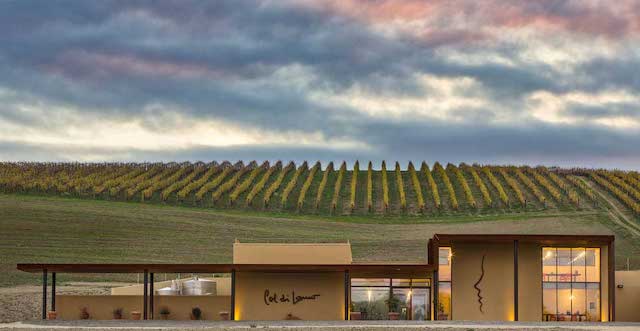
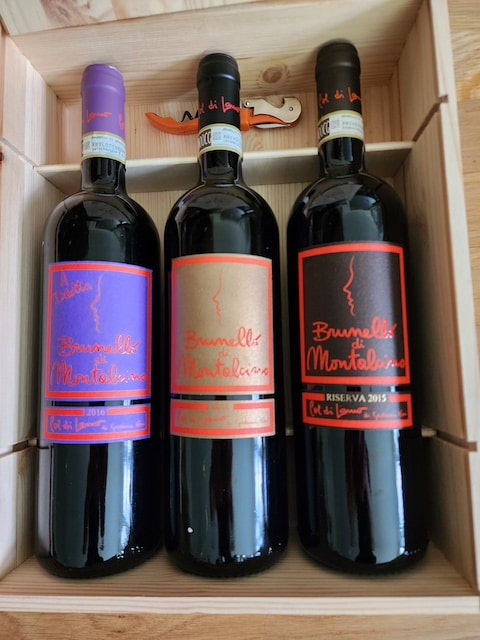
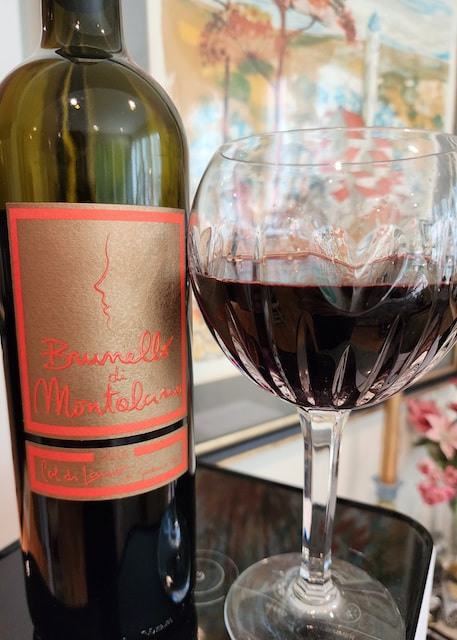
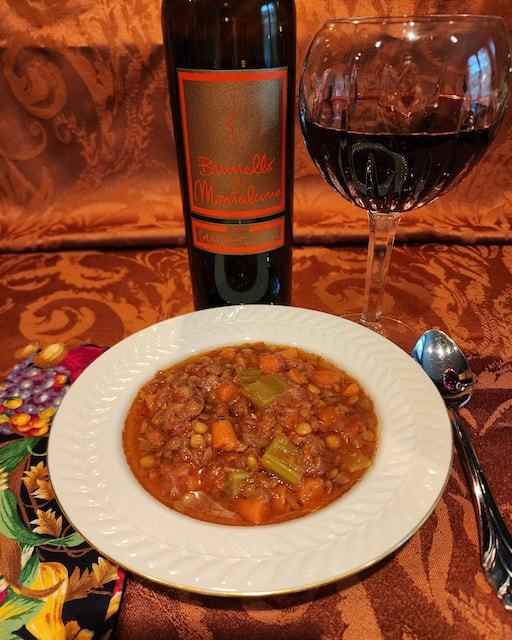
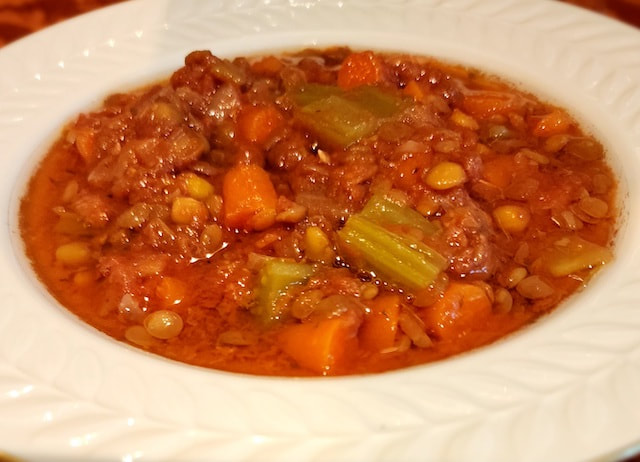


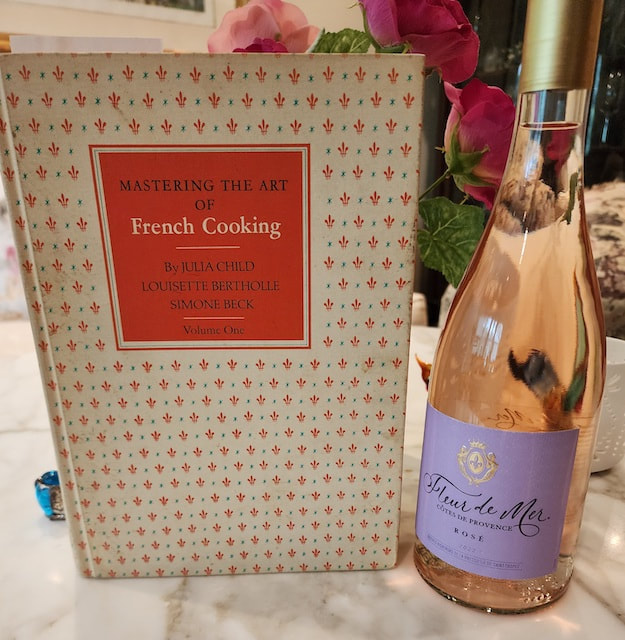
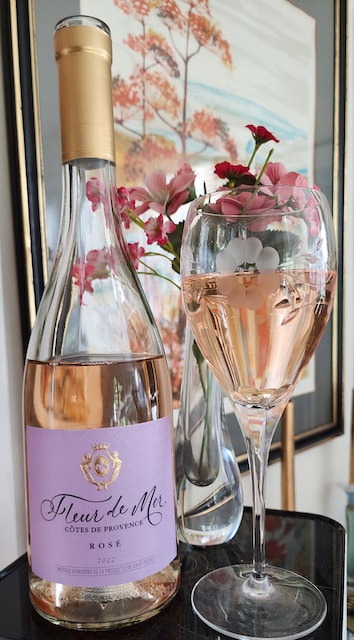
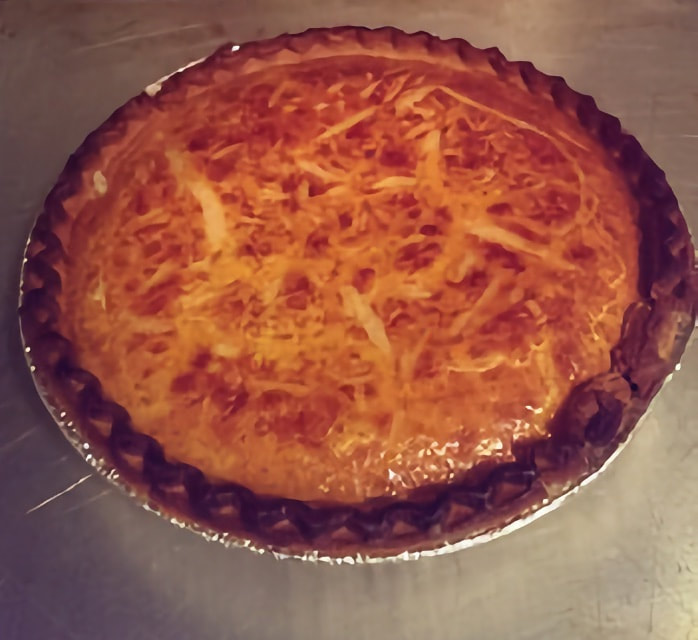
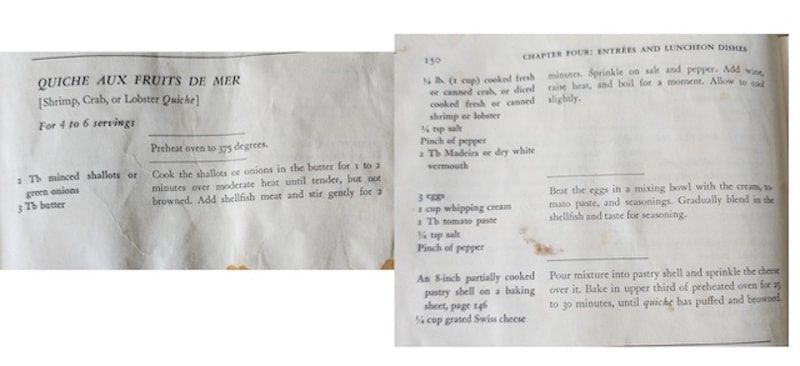

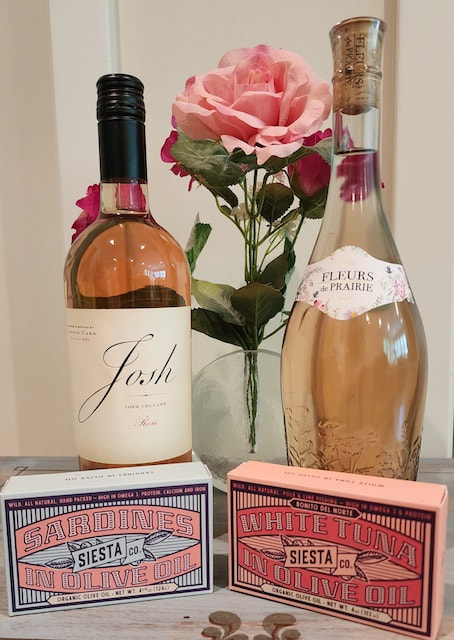
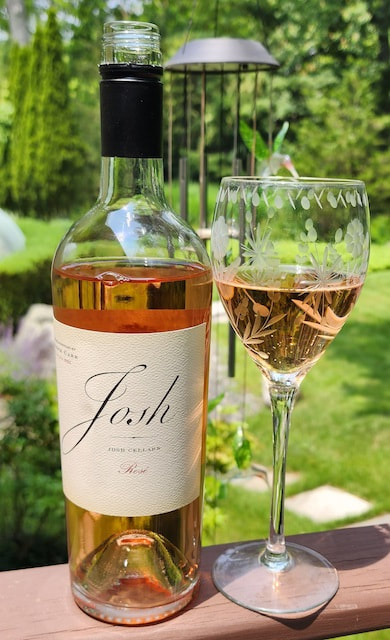
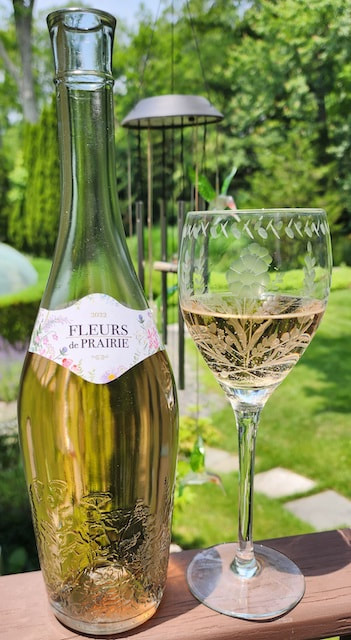
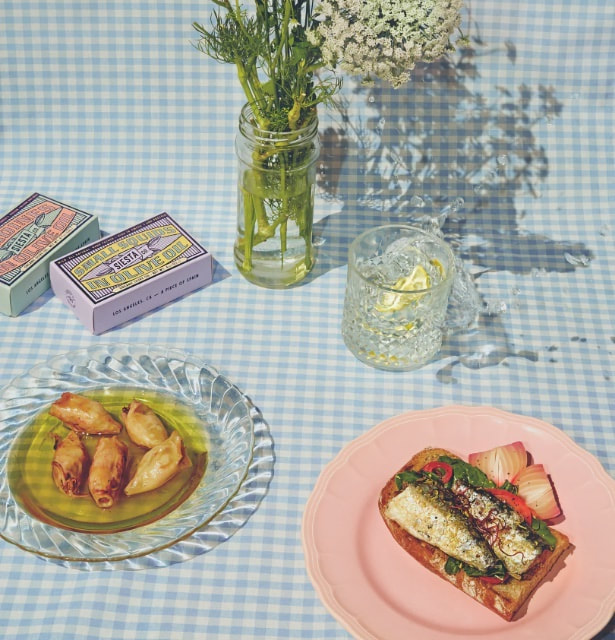
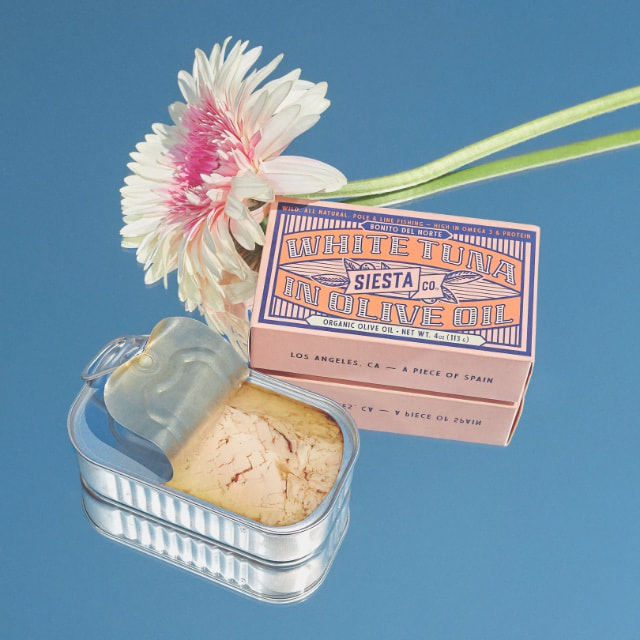
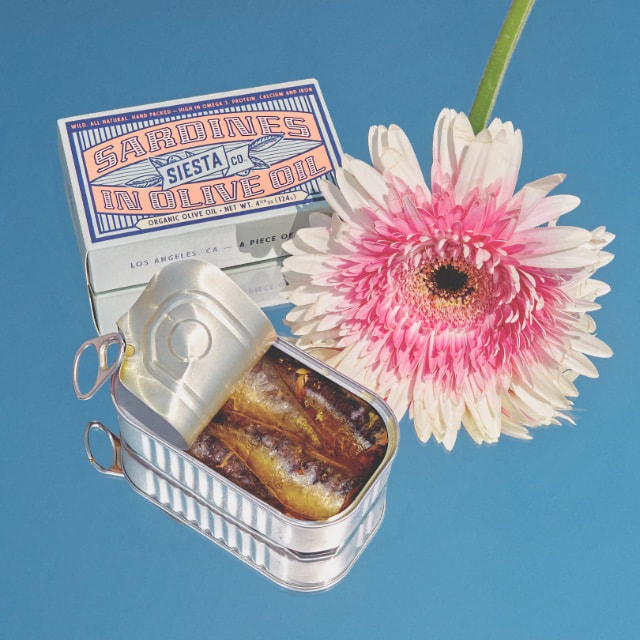
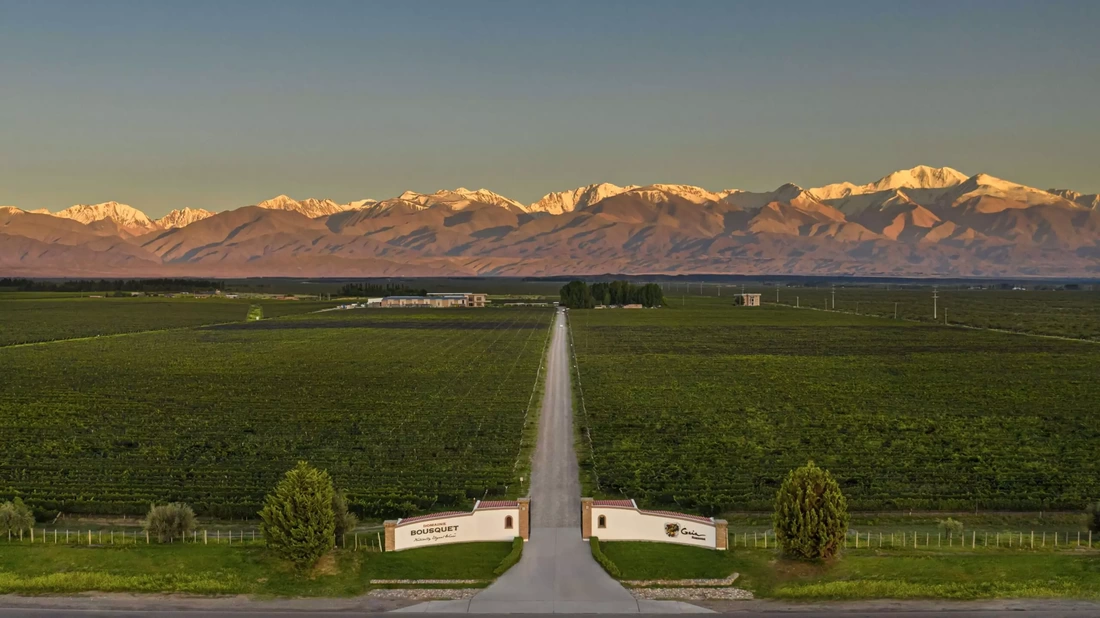
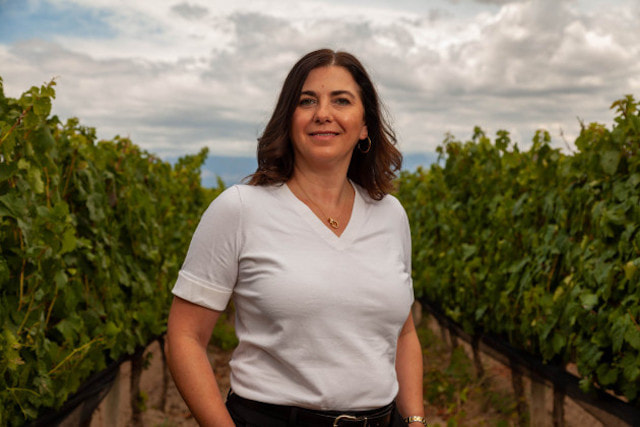
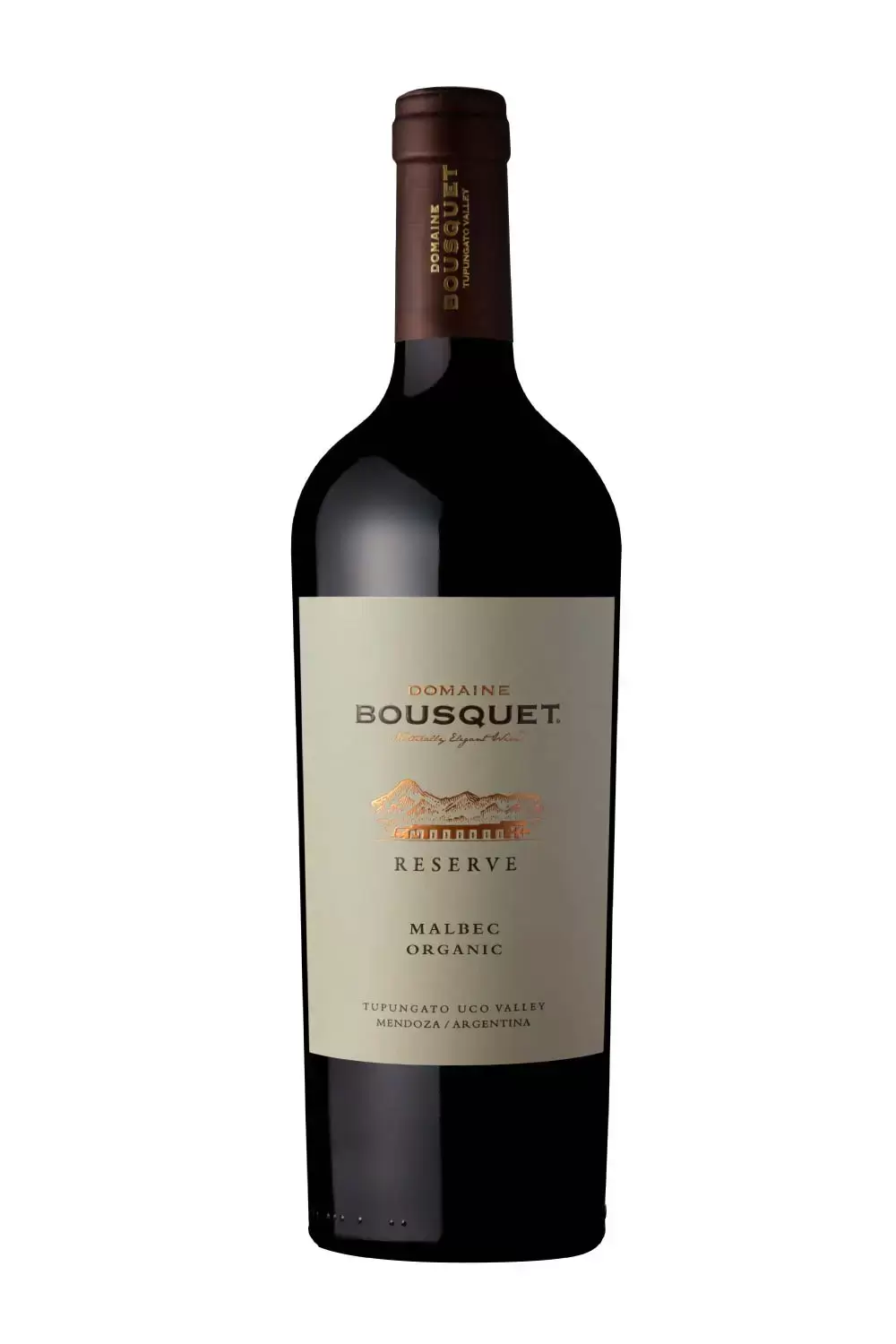
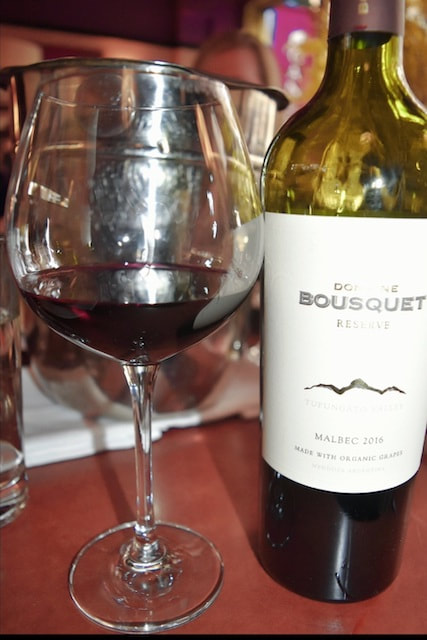
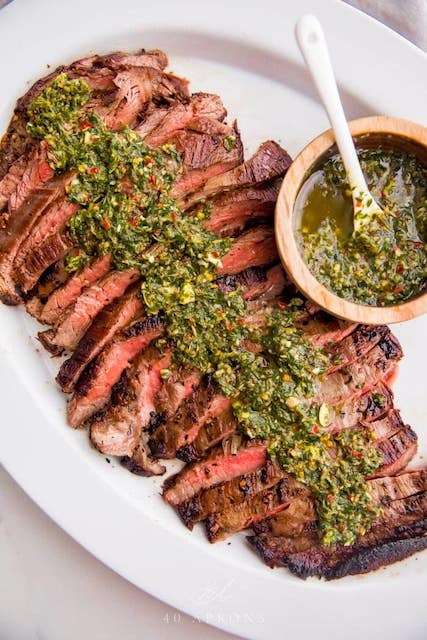
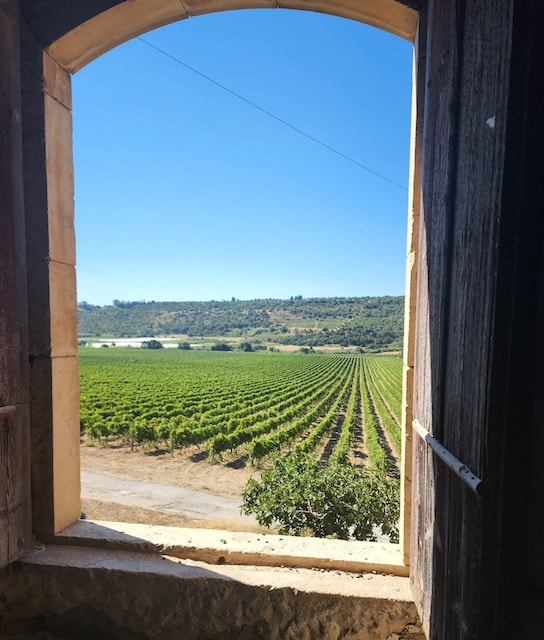
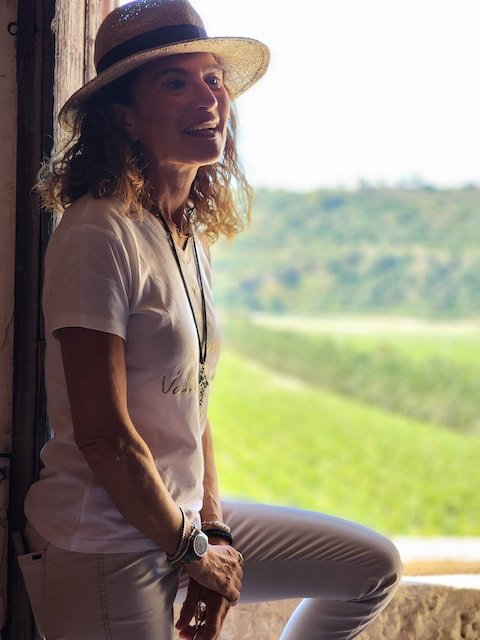
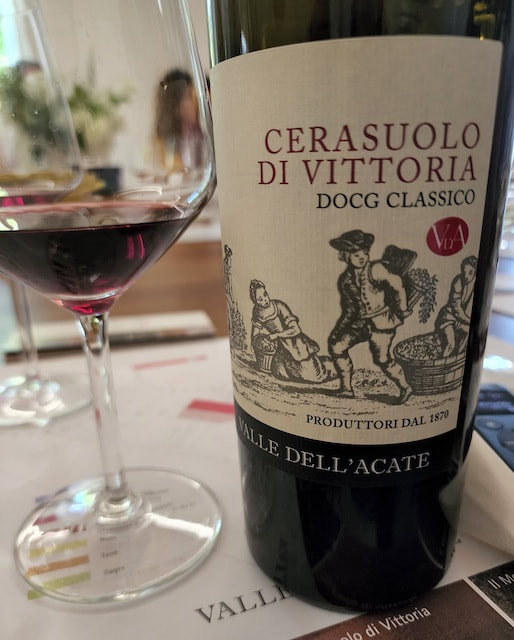
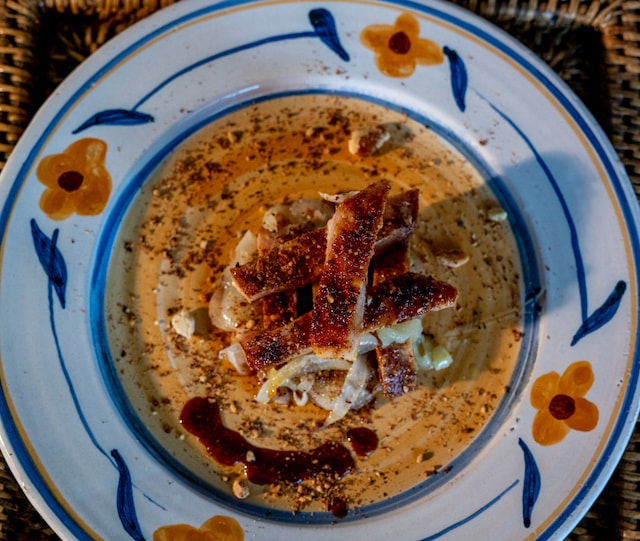
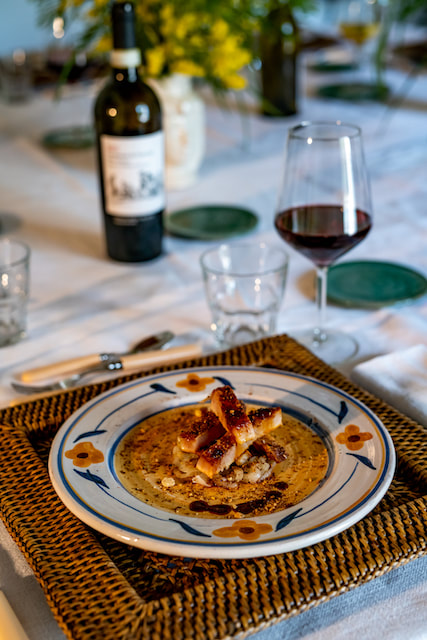
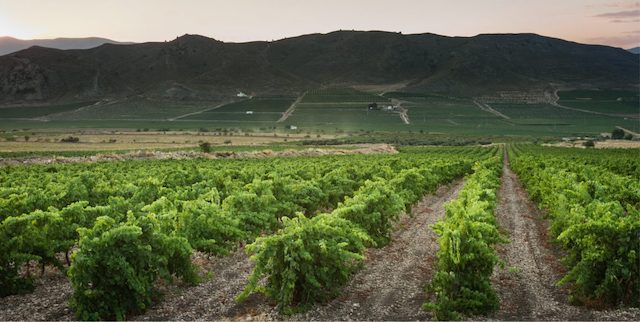
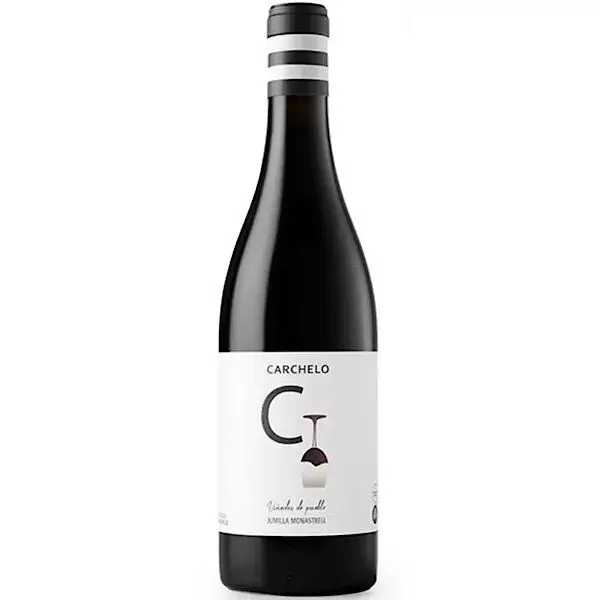
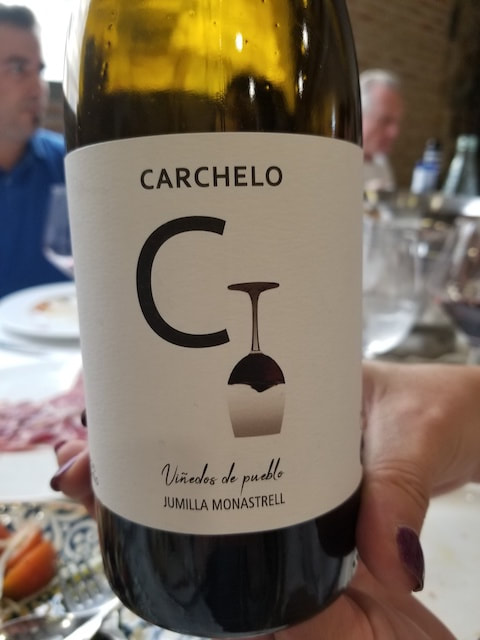
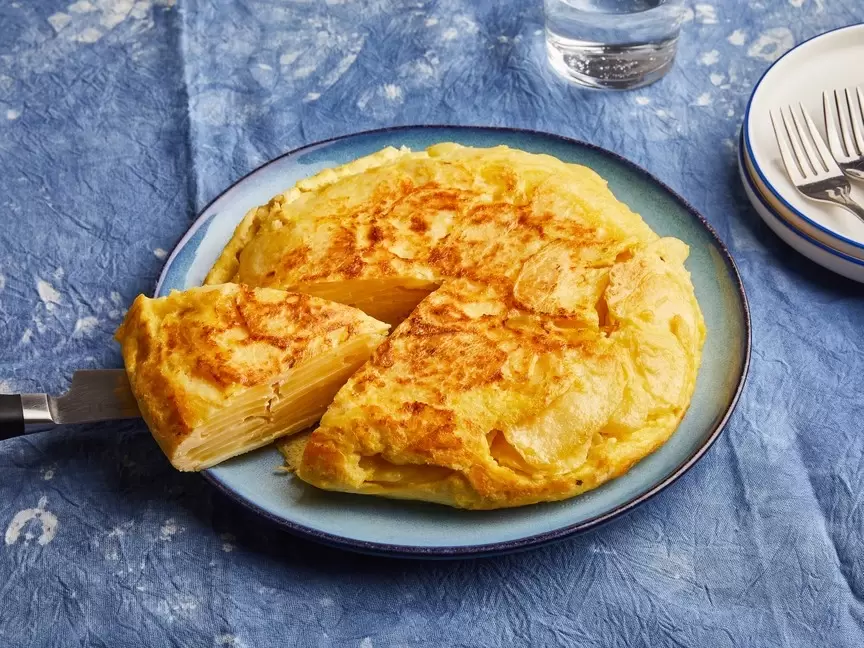
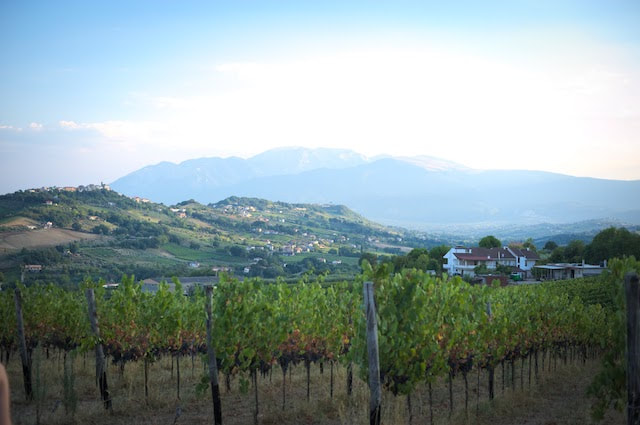

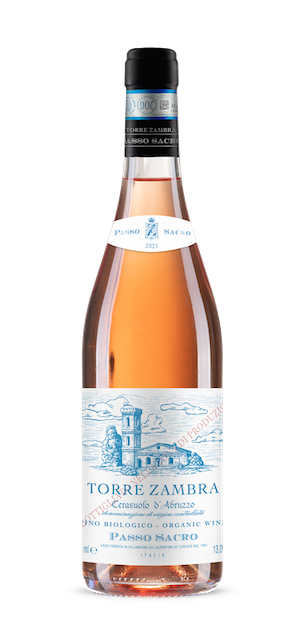
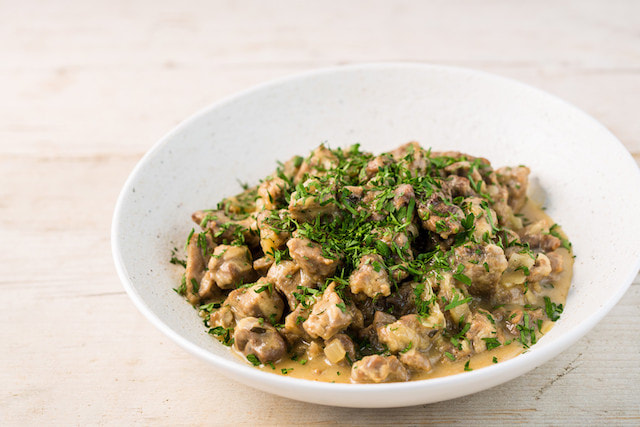
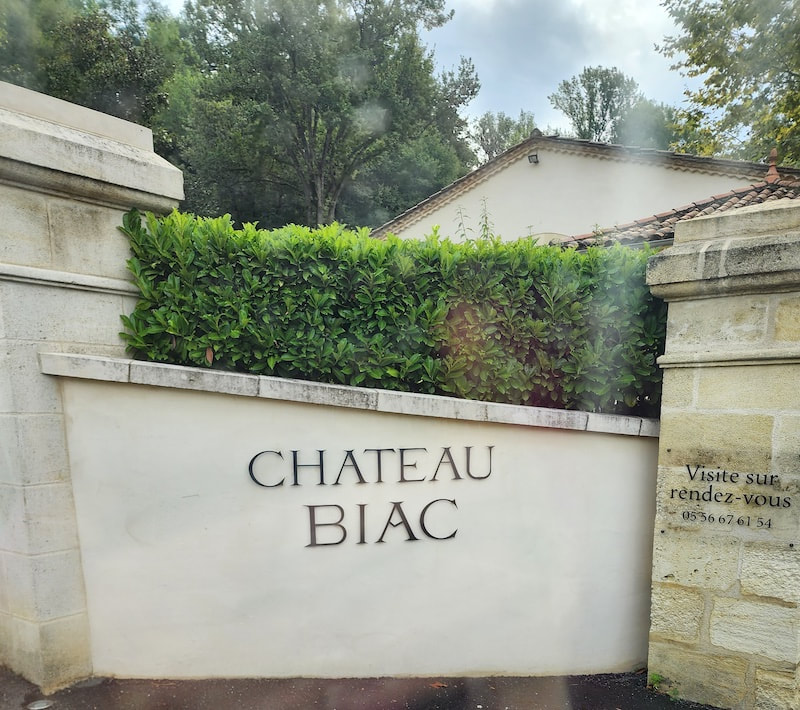
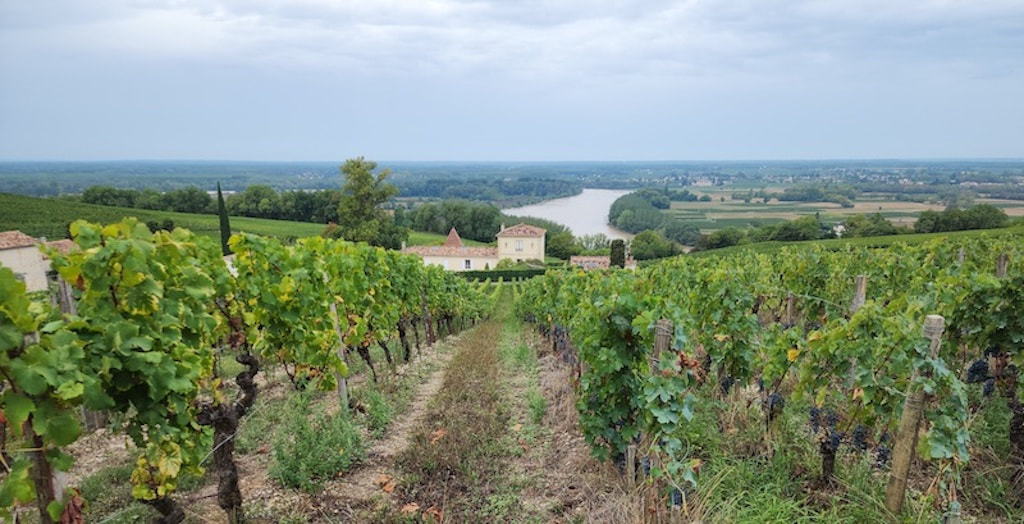

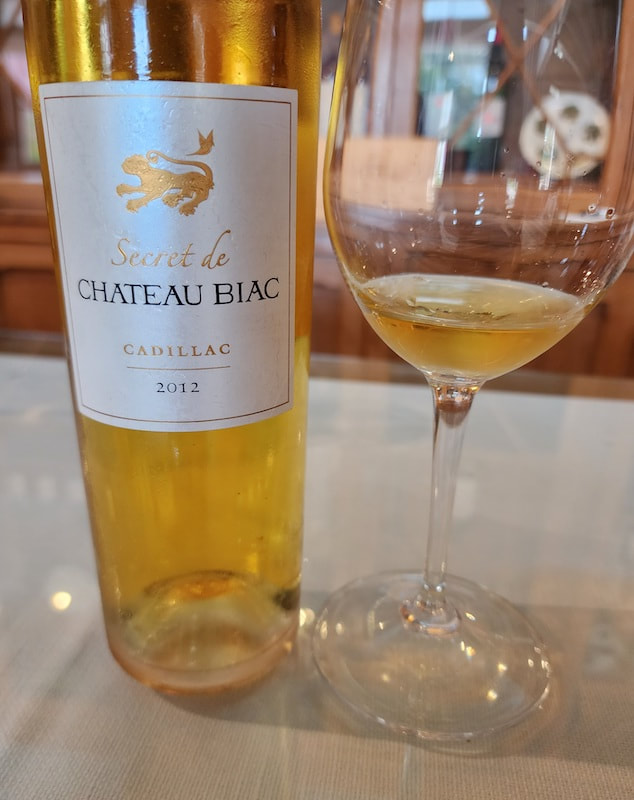
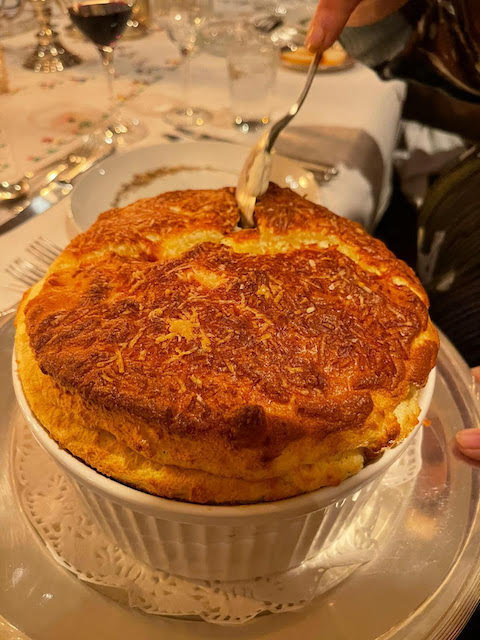
 RSS Feed
RSS Feed